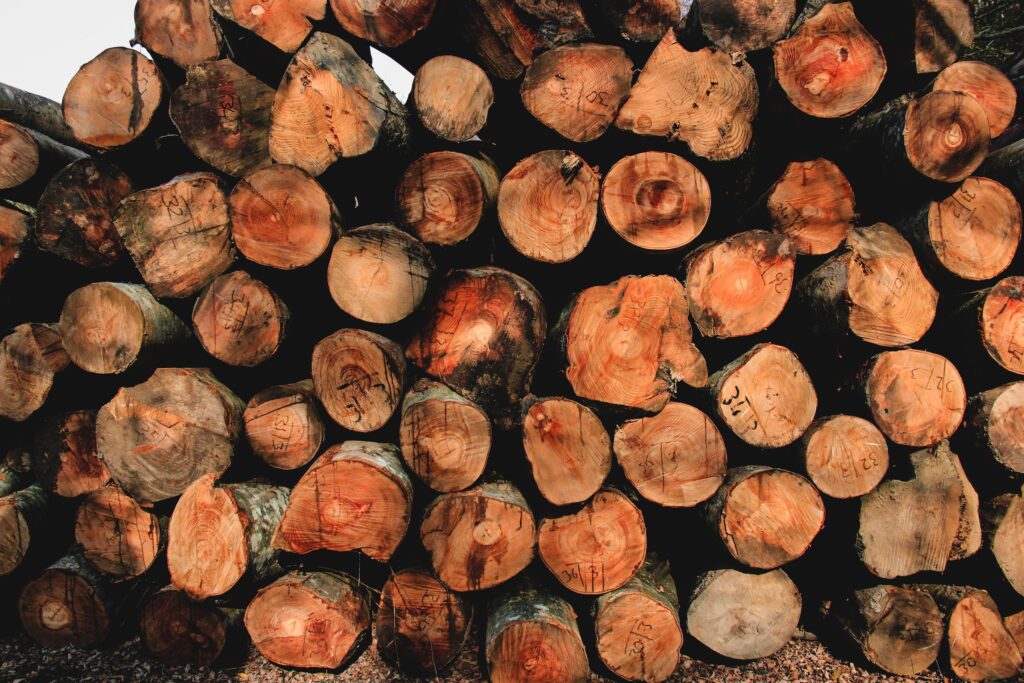The global phenomenon of urbanization is reshaping cityscapes worldwide, and Darwin, distinguished by its unique ecosystem, is no stranger to this transformative trend. As the city undergoes expansion and experiences a surge in infrastructure development, the repercussions on the local environment, specifically on the well-being of trees, emerge as a pressing concern. In this article, we delve into the various ways in which urbanization is affecting Darwin’s trees and explore strategies for balancing growth with conservation.

Loss of Green Spaces
A conspicuous outcome of urbanization is the discernible depletion of green spaces. As buildings, roads, and other infrastructure projects expand, natural habitats are replaced, leading to the removal of existing trees. The diminishment of green spaces not only diminishes the city’s aesthetic allure but also carries ecological repercussions, influencing the well-being of local flora and fauna.
Altered Microclimates
The urban heat island effect, extensively recorded as a consequence of urbanization, materializes as heightened temperatures within cities, contrasting with the relatively cooler environs of their rural surroundings. Darwin is intimately acquainted with this phenomenon. The increased prevalence of impervious surfaces, such as asphalt and concrete, absorbs and retains heat, altering local microclimates. Trees play a crucial role in mitigating this effect by providing shade and cooling the surroundings. Nevertheless, the extraction of trees in the process of urbanization contributes to heightened temperatures, impacting not only human comfort but also the overall health of the ecosystem.
Root Space and Soil Compaction
The expansion of infrastructure often leads to soil compaction, limiting the available space for tree roots to grow. Darwin’s trees, adapted to specific soil conditions, face challenges when their root systems are restricted. Soil compaction reduces water infiltration and nutrient availability, negatively impacting the overall health of trees. Urban planners and arborists need to consider these challenges when designing and implementing urban development projects to ensure the long-term survival of trees.
Increased Pollution Levels
As urbanization intensifies, so does pollution. Increased vehicular traffic, industrial activities, and construction projects contribute to higher levels of air and noise pollution. Trees act as natural filters, absorbing pollutants and mitigating the adverse effects of pollution on air quality. However, the removal of trees during urbanization reduces this natural filtration capacity, exposing both the environment and residents to higher pollution levels.
Biodiversity Loss
The diversity of flora and fauna in Darwin is closely linked to its native vegetation. Urbanization disrupts these ecosystems, leading to a loss of biodiversity. Trees function as habitats for diverse species, and the removal of these trees can initiate cascading effects on the local wildlife, disrupting established ecological balances. Conservation endeavors must be seamlessly woven into urban planning to alleviate the repercussions of urbanization on Darwin’s distinctive biodiversity.
Strategies for Balancing Growth and Conservation
Green Infrastructure Planning
Integrating green infrastructure into urban planning is essential for maintaining a balance between development and conservation. This involves strategically preserving and planting trees, creating green corridors, and incorporating green roofs and walls in building designs. These measures not only elevate the cityscape but also significantly contribute to the holistic well-being of its residents.
Tree Preservation Policies
Implementing and enforcing tree preservation policies is crucial for safeguarding existing trees during urbanization. Local authorities can establish guidelines for developers to follow, ensuring that a certain percentage of existing trees are preserved and integrated into new developments. This proactive approach helps maintain the ecological integrity of the urban landscape.
Community Engagement
Educating and engaging the community in tree conservation efforts is paramount. Achieving a harmonious equilibrium between urban development and the preservation of trees is not only essential for the environmental health of Darwin but also pivotal for the well-being of both present and future generations of its residents.
Urban Reforestation Programs
Commencing urban reforestation programs stands as a potent strategy to counteract the depletion of trees incurred during the process of urbanization. Introducing native species to designated areas not only amplifies the city’s green cover but also facilitates habitat restoration, fostering the overall resilience of the ecosystem.
Innovative Urban Design
Incorporating innovative urban design practices that prioritize the coexistence of infrastructure and nature is essential. Concepts such as “sponge cities,” which emphasize water management through green infrastructure, can be adapted to Darwin’s unique climate, helping mitigate the impact of urbanization on trees and the environment.
The impact of urbanization on Darwin’s trees is a multifaceted challenge that requires a holistic and proactive approach. By integrating conservation strategies into urban planning, preserving existing trees, and engaging the community, Darwin can achieve sustainable growth while maintaining its unique natural heritage.